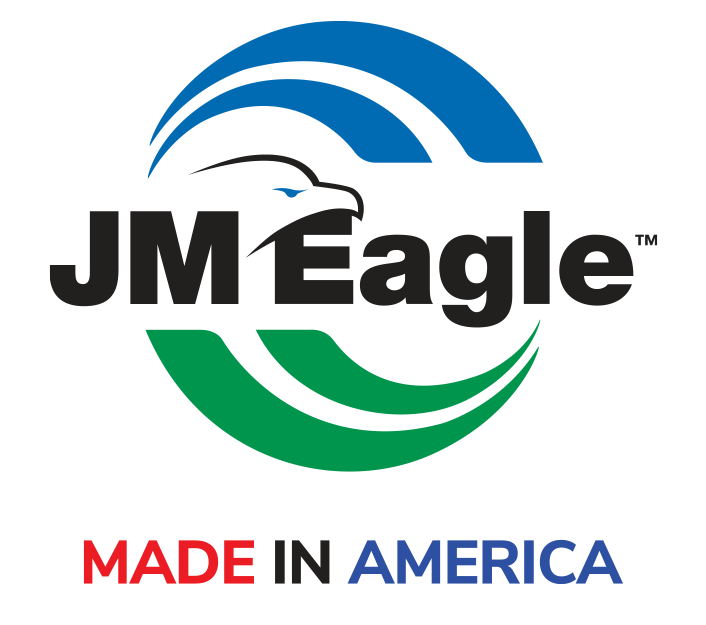
‘You Just Don’t Touch That Tap Water Unless Absolutely Necessary’
Americans across the country, from Maynard's home in rural Appalachia to urban areas like Flint, Mich., or Compton, Calif., are facing a lack of clean, reliable drinking water. At the heart of the problem is a water system in crisis: aging, crumbling infrastructure and a lack of funds to pay for upgrading it.
On top of that, about 50 percent of water utilities — serving about 12 percent of the population — are privately owned. This complicated mix of public and private ownership often confounds efforts to mandate improvements or levy penalties, even if customers complain of poor water quality or mismanagement.
Drinking water is delivered nationally via 1 million miles of pipes, many of which were laid in the early to mid-20th century, according to the American Society of Civil Engineers. Those pipes are now nearing the end of their life spans.
A 2017 report by the group gave America's water systems a near-failing grade, citing an estimated 240,000 water line breaks a year nationwide.
The Environmental Protection Agency estimates it will cost the country nearly $400 billion to fix the problem — a burden that would fall largely on average ratepayers who often don't have the extra money. It's a particularly heavy burden in places like Martin County, one of the poorest counties in the country.
Read the article here: https://bit.ly/2Pbklkm
